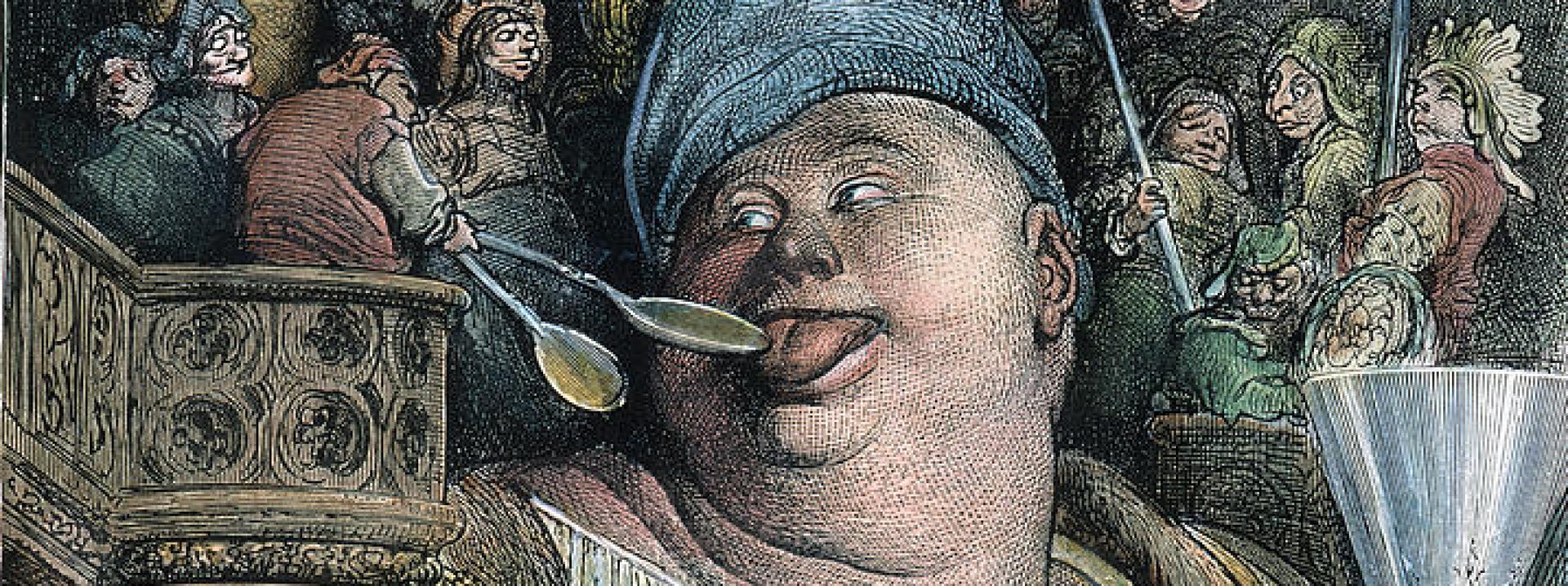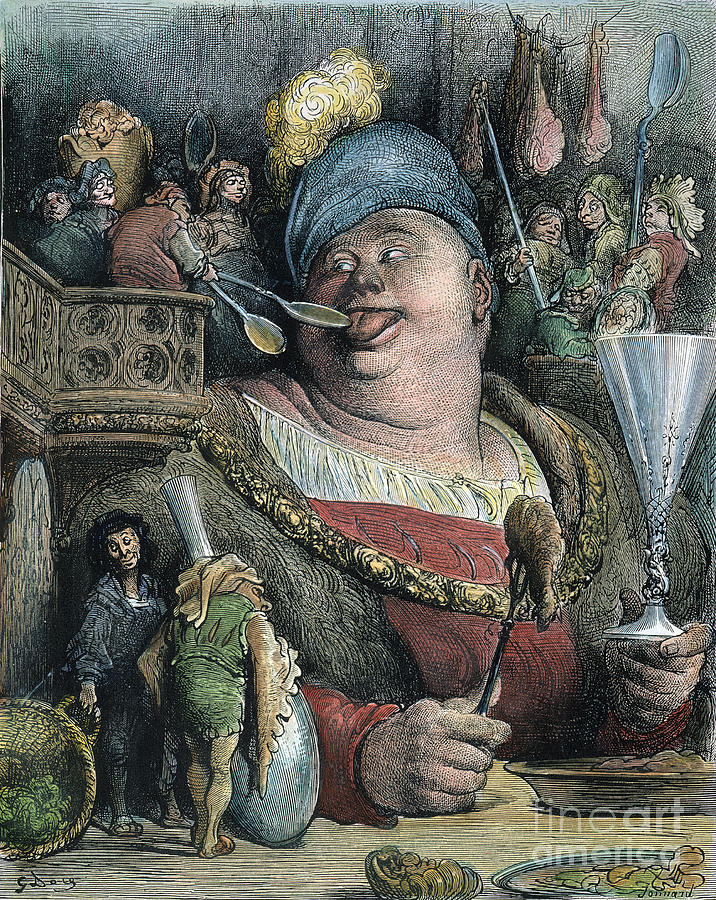Content Warning: Homophobic and transphobic abuse and language. Also I want to note that Bernadette is a character who is described as transsexual while the other two are called gay drag queens. The way that the film is marketed seems to exclude Bernadette from drag. I think that it’s important to acknowledge that drag performance is and has never been just about cross dressing men. Women, and gender non-conforming people have all contributed to the art.
As a reminder, billingsgate in the Bakhtinian sense consists of words and language that evoke coarseness, chaotic marketplaces, and physicality. Billingsgate is an essential element of the carnivalesque and has the power of turning social distinctions up on their head and inside out through complete honesty. Bakhtin expands upon this concept with the praise-abuse relationship. In the marketplace, praise does not exist without abuse nor does abuse exist without praise. According to Bakhtin, if one is truly in a state of community and being with their fellows, then there is no room for artificially neutral language. Since the world as a whole is characterized by the grotesque duality of birth and death, then the language of the carnivalesque must reflect this.
The line between verbal praise and abuse is necessarily ambiguous. I explored these categories in the 1994 film The Adventures of Priscilla, Queen of the Desert by Stephan Elliot. YouTube summarizes the plot as “Two drag queens and a transsexual get a cabaret gig in the middle of the desert.” Naturally, hilarity ensues. Priscilla was made in an era of sharp praise and abuse towards the broader LGBT community in the anglophone world. In 1993 RuPaul’s “Supermodel (You Better Work)” made it onto the Billboard 100. In 1994 the American Medical Association delisted homosexuality as a mental illness. In 1996 the Defense of Marriage Act restricted LGBT partnership rights. In 1998, Rita Hester, a Black transgender woman, and Matthew Shepherd, a young white gay man were murdered in Massachussetts and Wyoming. Priscilla presents a humanizing image of three drag performers, Anthony “Tick” Belrose (Mitzi Del Bra), Adam Whitely (Felicia Jollygoodfellow) and Bernadette Bassenger. The trio consist of clashing strong-willed personalities and hurl countless abuses at each other while maintaining a close bond to protect and care for each other.
Here are just a few of the rich words and phrases that they exchange with each other: slag, face like a cat’s ass, seething cesspool mouth of yours, bent status symbol, Picasso taking on the public transport system, mangy raccoon, Disney witch etcetera etcetera… My favorite comes from one of the first few scenes of the film. When Tick tells Bernadette that Adam, this young insufferable bloviating queen is coming with them to Alice Springs, she is not excited.
After meeting, Bernadette asks why he’s packing such exuberantly glamorous wigs and dresses and fabrics for a cheap gig in an isolated town. Adam explains that he always wanted to stand at Kings Canyon, a landmark in the Northern Territory, in full-length gautier sequin and tiara. “Great, that’s just what this country needs–a cock in a frock on top of a rock,” Bernadette replies. The rhyme and absurdity of this line played for laughs masks a connection with Bakhtin’s praise abuse. There is no holding back between these two, brutal honesty reigns. If Bernadette gave a neutral response the realness of this film would be broken. After all, how could anyone take such a sight seriously? Although Adam’s grand dream could be seen as a brave surmounting of traditional gender roles and performance, he’s not thinking about it all on that level. He wants to look glamorous and carry his ego to the peak. Such an airy hot-headed image produces a response of puncturing sarcasm.
Priscilla presents a vision of drag, a gender and sexuality nonconformity that is tenuously a part of and apart from the mainstream. Driving through the desert, they feel secure inside their titualar bus that is full of booze, wigs and ABBA. That is until the bus breaks down and leaves them stranded, or they discover the words “AIDS FUCKERS GO HOME!” painted on the side while staying in a small town for the night. For all of that comradery that they felt with these tough country folk in the pub (Bernadette manages to outdrink a lovely woman named ole’ Shirl), homophobic and transphobic abuse quickly follows.
In the film’s third act when all three finally do climb the canyon, dressed in drag, and looking upon the vastness of the Outback they’re not sure how to feel. No one is there to marvel at their feat. They truly are putting on a show without footlights. What’s missing is an audience. The American drag queen Bianca del Rio frequently calls her character “a clown in a wig.” Whether they get laughs or tomatoes thrown at them, a clown’s performance is dependent on praise-abuse.


I really liked reading this project and thinking about how billingsgate takes shape in a more modern context. I liked how you pulled out the point about how there is no need for artificially neutral language among community and friends. I thought the carnivalesque elements of the film that you mentioned are super interesting as well. Although carnival cannot exist in the real world, because this is not a utopia and hatred and homophobia and transphobia still exist, these characters are able to create a sort of carnival through the camaraderie they share. I really like the image you evoked in the last paragraph about the performance without footlights, and this really made me interested in watching the movie.
This is a very interesting topic Collin. I haven’t seen the movie so I can only go off of what you are depicting here, but the elements you mention seem carnivalesque for sure. When I think about drag, I think of the l biggest footlights imaginable as they walk down the stage, yet there is no laughter at this sight. It is interesting how you drew out other aspects of drag specifically in this movie to highlight the ways in which it can be carnivalesque.
Hi Collin!
This was an excellent paper! I definitely agree with Charlotte, in that, it is interesting and important to explore how billingsgate functions in a modern setting. I also like how you are able to analyze the carnivalesque within smaller communities. I feel like the discussion of whether or not a carnivalesque setting that is exclusive is truly carnivalesque has come up a lot throughout this class, and I think you give some compelling examples of how the carnivalesque can be exclusive (especially when it is the carnivalesque of the oppressed) and remain carnivalesque.
Great work!